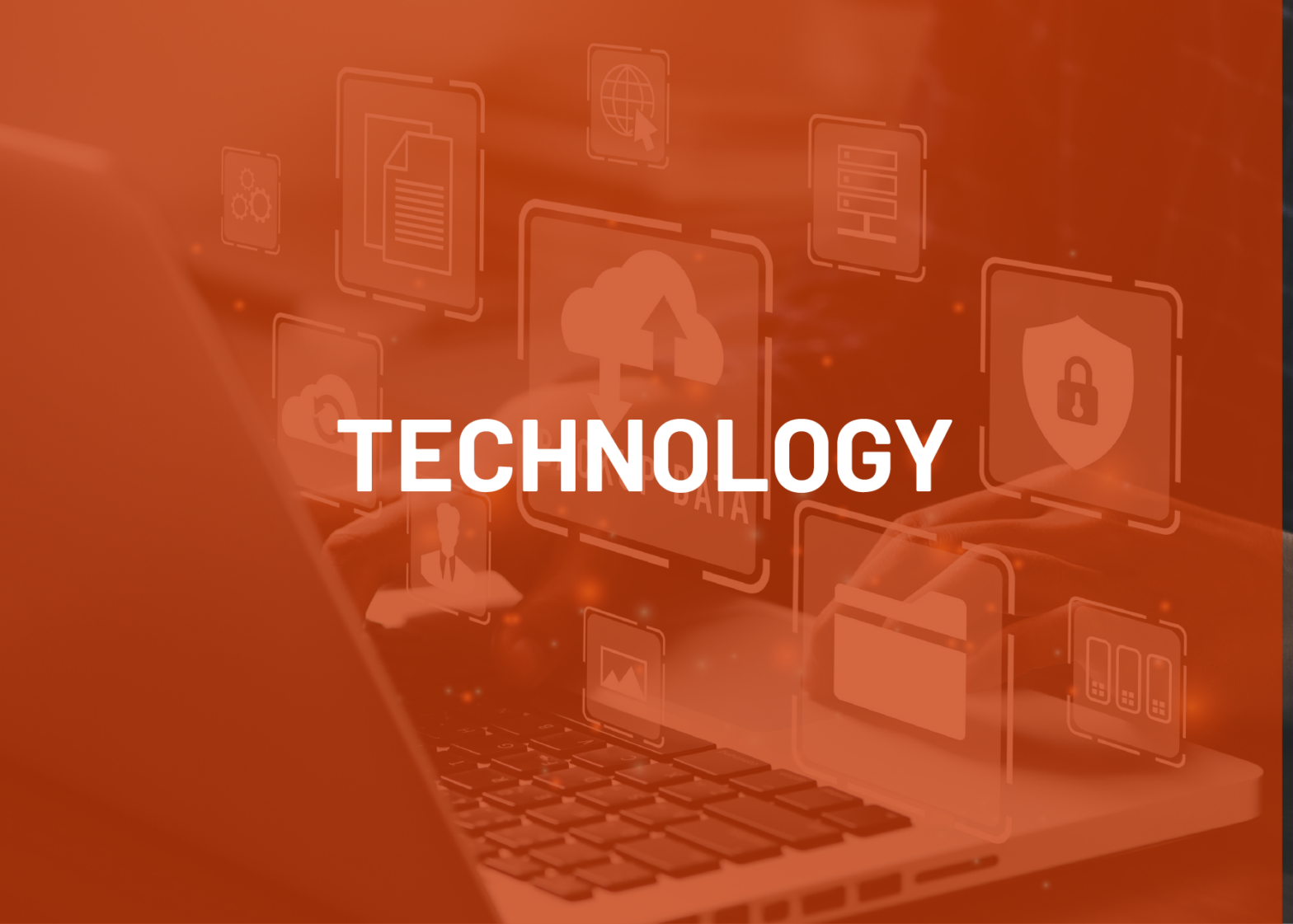Deciding what key performance indicators (KPIs) the central procurement office should use can be tough. Where to even… Continue reading Four Steps to Better KPIs
News Type: Pulse Blog
You’re So Vain: Vanity Metrics
Key performance indicators (KPIs) are a valuable resource to the public procurement official. The right KPIs will demonstrate… Continue reading You’re So Vain: Vanity Metrics
Implementing eGovernment: 3 Lessons from Estonia
State governments across the country have switched to work from home to comply with quarantine orders. This has… Continue reading Implementing eGovernment: 3 Lessons from Estonia
Small Business and the Shift to Regional Supply Chains
In the age of digitization and global pandemic, diversifying supply chains is on the top of every public… Continue reading Small Business and the Shift to Regional Supply Chains
3 Tips for Re-Building Your Post-Pandemic Office
Both the Center on Budget and Policy Priorities and the National Conference of State Legislatures project that budget… Continue reading 3 Tips for Re-Building Your Post-Pandemic Office
Preparing for Simultaneous Emergencies
If the COVID-19 pandemic has had a silver lining, it has been the forced shift to working from… Continue reading Preparing for Simultaneous Emergencies
Don’t just Recover, Improve with these 7 Strategies
With every challenge comes opportunity, and the 2020 pandemic is no exception. Pulse is here to help with… Continue reading Don’t just Recover, Improve with these 7 Strategies
Change Management: Prepare to Succeed
Change is an inevitable fact of life, and when working with executive offices or legislative bodies it’s often… Continue reading Change Management: Prepare to Succeed
Accelerated Innovation During a Pandemic?
Despite the pandemic’s disruption of normal work life, innovation can still take place. A disruption can often be… Continue reading Accelerated Innovation During a Pandemic?
Black Swans: Anticipate Your Supply Chain Reactions
In a report released in late April , IBM’s Institute for Business Value weighs in on how organizations… Continue reading Black Swans: Anticipate Your Supply Chain Reactions





